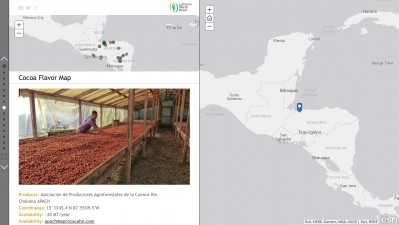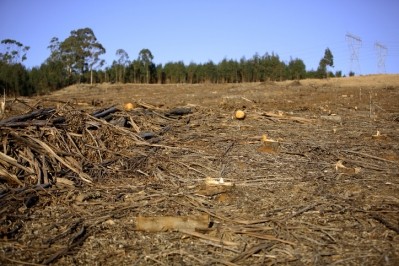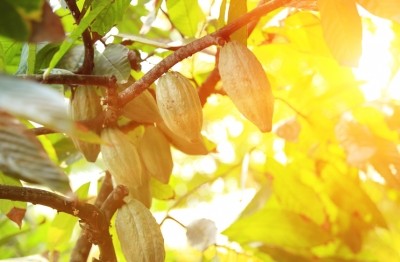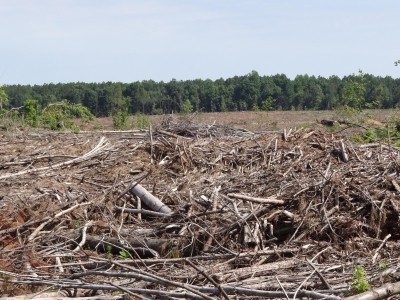Special Edition: Beyond 2020 - the future of sustainable cocoa
Technological black hole to mechanize smallholder cocoa sector

The cocoa sector is crying out for affordable technologies that will improve the efficiency of smallholder cocoa farmers on existing farms. Cocoa farmers must step up production to meet global demand, which is rising 2% a year, but conservation groups say they shouldn’t do so at the expense of primary forest so call for farming to be intensified on existing farmland.
That existing growing area is also likely to reduced in key cocoa growing regions by climate change, upping the need for technologies to help plug the gap and up efficiency.
However, the average age of a cocoa farmer in West Africa is 50 (life expectancy is 55) and many young people see no future in labor intensive cocoa growing.
“If you want to increase yields you must look at ways to drive down labor intensity,” said Johannes Jansen, senior agricultural economist at The World Bank at the Asia Choco Cocoa Congress last week, adding one way was to explore new technologies.
Technology gap
Bill Guyton, chairman of the World Cocoa Foundation, and Loke Fong Han, senior economist at the International Cocoa Organization, said in conversations that there was relatively little technology out there that could realistically support smallholder cocoa farmers.
The industry knows it will require more cocoa in the coming years to satisfy Asia’s growing chocolate appetite, but it doesn’t want to further disorder with a new group of untrained and disorganized farmers.
“It’s got to be intensification – we don’t need more farmers,” said Fay Fay Choo, Asia cocoa director at Mars.
Smart drip irrigation
At the Asia Choco Cocoa Congress, Israeli-based Netafim said its smart drip irrigation technology had potential to boost yields and reduce environmental impact even for smallholders. The technology was invested 50 years ago, but hasn’t really been used in cocoa until now. Netafim is working with a commercial cocoa plantation in Vietnam to install smart drip irrigation, but says it could be used on smaller farms too.
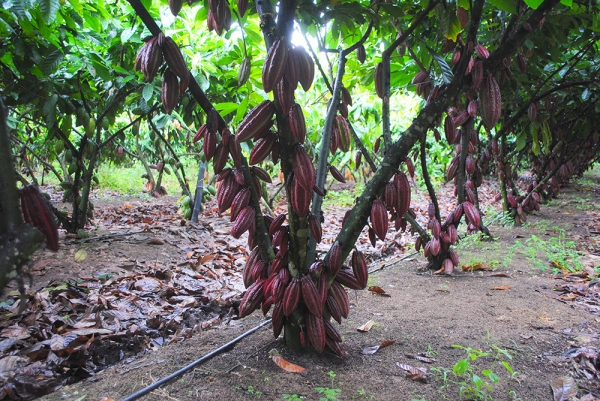
In Brazil it says drip irrigation, combined with shade from banana trees, led yields to grow from 500 Kg per hectare to 3 metric tons, but it warns not all varieties of cocoa respond in the same way.
The technology, already widespread in the wine and almond industries, limits water use and creates savings on fertilizer and labor costs, says the company. It claims farmers would see payback within one year. But even the smallest units cost thousands of dollars and many cocoa farmers live on less than $1.25 a day.
Financing technology
Some companies such as PlaTCOM Ventures also provide cocoa pod splitting technology that could wean farmers off dangerous cutlasses and increase productivity – but again most technologies are better suited for commercial plantations.
According to Lutheran World Relief, around 90% of global cocoa comes from smallholder farmers operating on less than five hectares of land. Many cocoa farmers also lack land ownership and have limited access to credit facilities. How will cocoa farmers be able to embrace these technologies?
